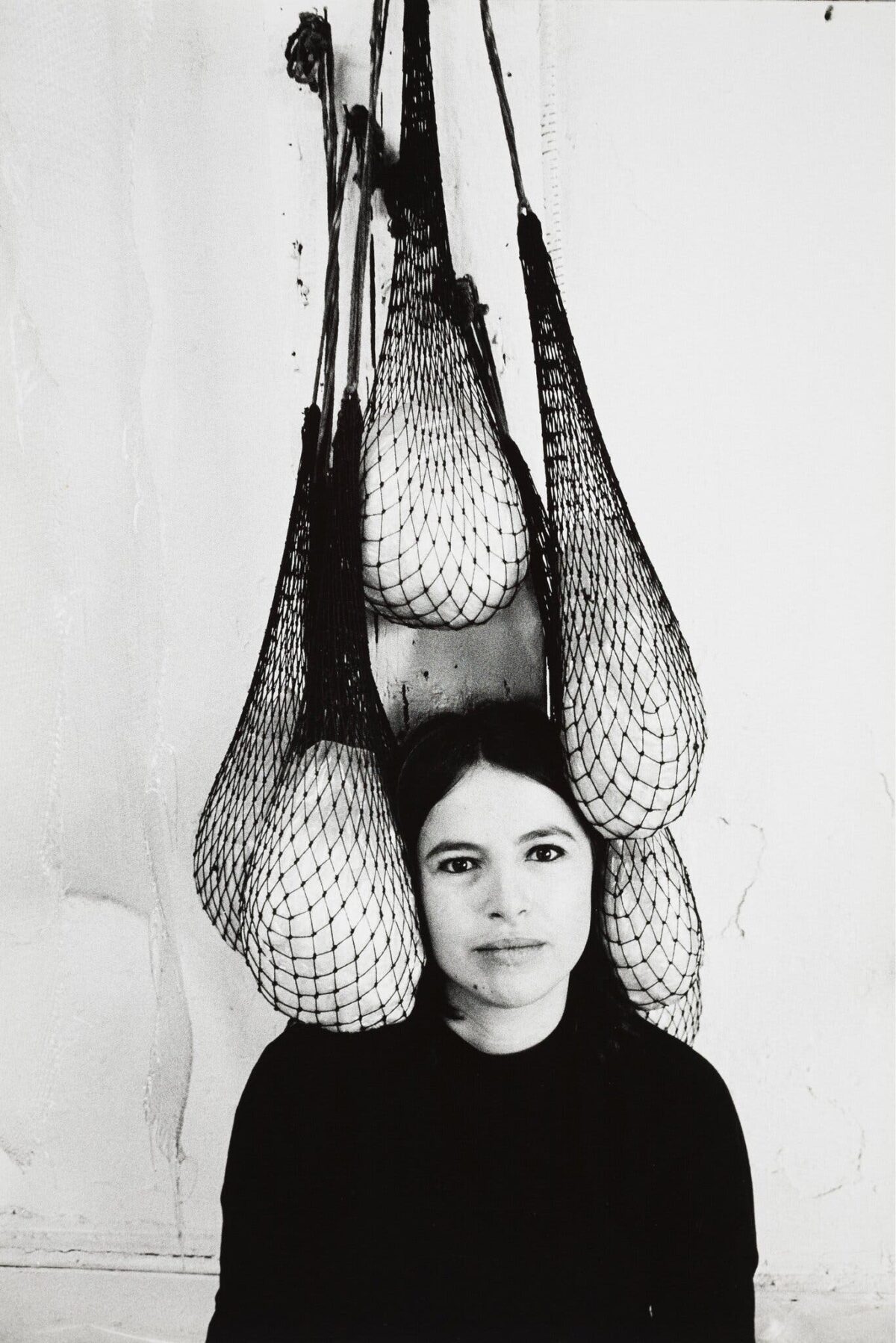Eva Hesse

1936-1970 | New York, NY
“I want to totally throw myself into a vision that I would have to adjust to and learn to understand […] I want to extend my art into something that doesn’t exist yet.” – Eva Hesse in an interview with Cindy Nemser for Artforum (1970)
In this FSA Inspiration, we highlight the work of German born, Jewish-American artist, Eva Hesse (1936 – 1970). As one of the most significant postwar American artists in the 1960s, Hesse employed industrial materials and found objects in imaginative ways that pushed the boundaries of painting into sculpture, exploreing themes of expansion and limitation through varying textures and forms.
Growing up in Nazi Germany, Eva Hesse was beset with family tragedies and immeasurable loss, foreshadowing her own early death at 34. With the ongoing threat of antisemitic persecution, the Hesses immigrated to America when Eva was a child. Not long after, her mother, suffering from mental illness, took her own life. Despite these hardships, Hesse channeled her grief into artmaking in her studies at Cooper Union and under the tutelage of Josef Albers at Yale. Her melancholic introspection and evolutionary beginnings can be seen in these early paintings, through her metaphorical forms and muted palettes disrupted with smears of bright color.
Living off the Bowery in lower Manhattan, Hesse discovered industrial supplies on Canal Street – rubber casings, latex, plastics, fiberglass, and resin. Sourcing these ready-made factory materials, Hesse began to experiment with unconventional sculpture components in phenomenological ways, creating work that was all about process. “Matter matters,” remarked Richard Serra, “and I think it’s really clear in Eva’s case that the material manifestation of the form comes out of an intense investigation of matter.” By considering the givenness of the materials, Hesse discovered deeper layers of meaning – an expansion of something beyond themselves. Demonstrating opposing elements of hard and soft, Hesse’s sculptures evoke humor, play, sensuality, absurdity, and above all, emotion. In contrast to the majority of minimalist artists, her work resists permanence, embracing ephemerality and entropy in the very ingredients of her sculptures. A key example can be seen in her 1969 installation “Expanded Expansion,” which was recently restored in a unique conservation effort at the Guggenheim Museum in New York (2022), due to the fragility of the rubber-covered cheesecloth suspended on fiberglass poles.
Contemporary Art Historian Jonathan Fineberg astutely observes in his Strategies of Being that “her decision to begin working in fiberglass and latex rubber early in 1968 had to do with their translucence and luminescence, the hands-on physicality of building up the body of work in layers like a skin, and the sensitivity of both materials to the touch.
Select Images

